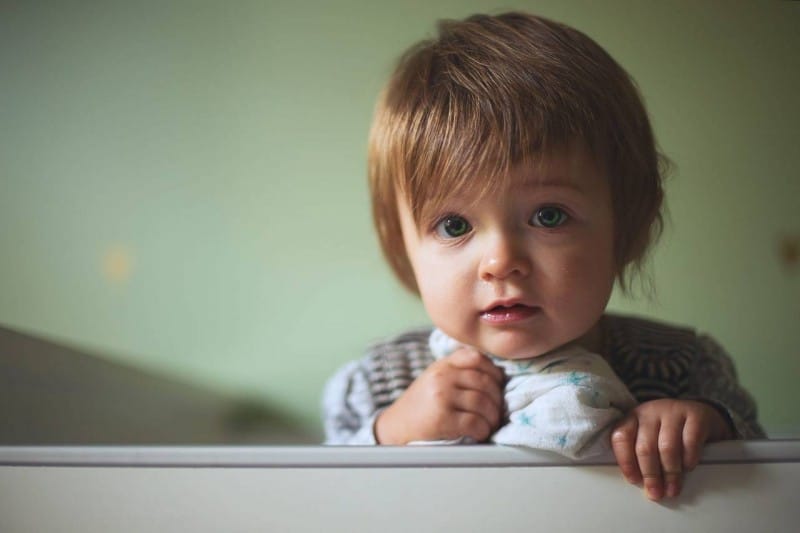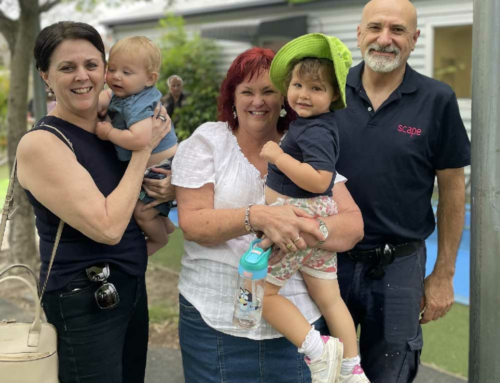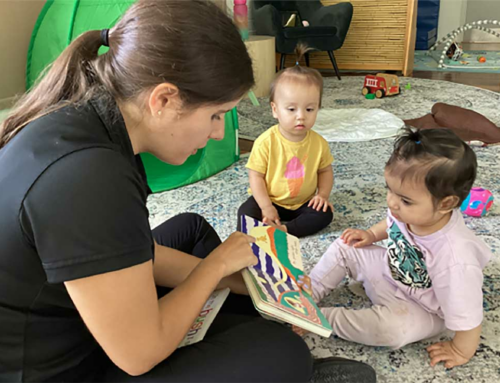Sleepless nights make you tired and grumpy, especially when cries from younger members of your family interrupt your nice sleep. When your children don’t sleep, neither do you. This short sleep training guide will help you get your beauty sleep.
It’s natural for a baby to want a feed during the night. But once their belly is full, both of you should be able to snooze. And after a few months, your child should sleep longer. If you’re struggling with your child’s sleeping habits, these methods will help you both switch off.
Note: Our sleep training guide does not replace the expert advice of a pediatric sleep psychologist or doctor. If you and your child are not getting enough sleep, seek professional help.
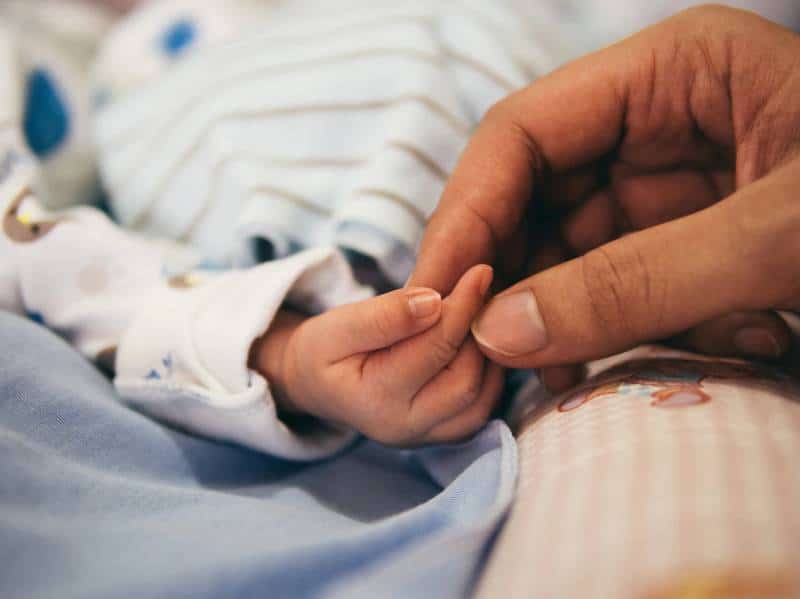
What is sleep training?
Sleep training is when your child learns to soothe themselves to sleep. There are a few different sleep training methods, but your child is unique, so select a program that suits them.
Often lack of sleep is due to other habits that come before bedtime. So, while you might try new ways to help your child fall asleep and stay asleep, also review what they do before bed. Is there a behaviour that could be stopping them from sleeping?
Consider these questions:
- How many times your child is napping?
- How long is each nap?
- What time do they nap?
- Are the activities they do sedentary or active?
- What are they eating and when?
- Is the very last activity before bed too stimulating?
- Are they relying on you to help them sleep?
If you have more than one child, it seems logical for all your children to follow the same sleep patterns. But what works for one child may not work for the other. Every child wants to feel loved, important and unique. So, try different bedtime routines and sleep training methods.
Sleep training is optional. But if you and your child aren’t getting enough quality sleep, you might want to try it. Irregular sleep patterns can cause developmental delays.
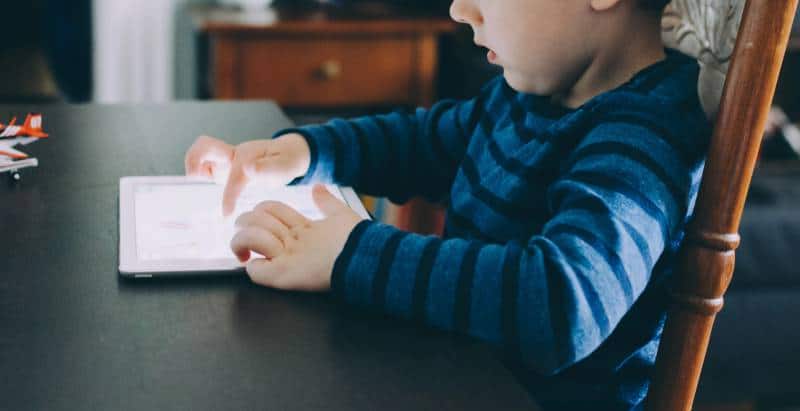
What age do you start sleep training methods?
A good time to start sleep training is when your baby shows that they are able to sleep through the night. This usually occurs somewhere between the age of 4 and 6 months. However, some parents may prefer to wait until their children are older.
Up until now, you may have been providing your child with help to get them to sleep. Things like:
- Singing to them
- Using a musical mobile
- Bouncing or rocking
- Feeding your child
Most sleep training methods advise parents to reduce their involvement in their child’s sleep routine slowly. That way, they become less reliant on you to help them fall asleep. If they wake up during the night, they can use self-soothing methods to fall back to sleep.
For sleep training methods, it is important that the process does not create stress for the children and parents. A good sleep training program does not neglect a child. It uses reasonable steps and measures to encourage a child to learn to sleep on their own.
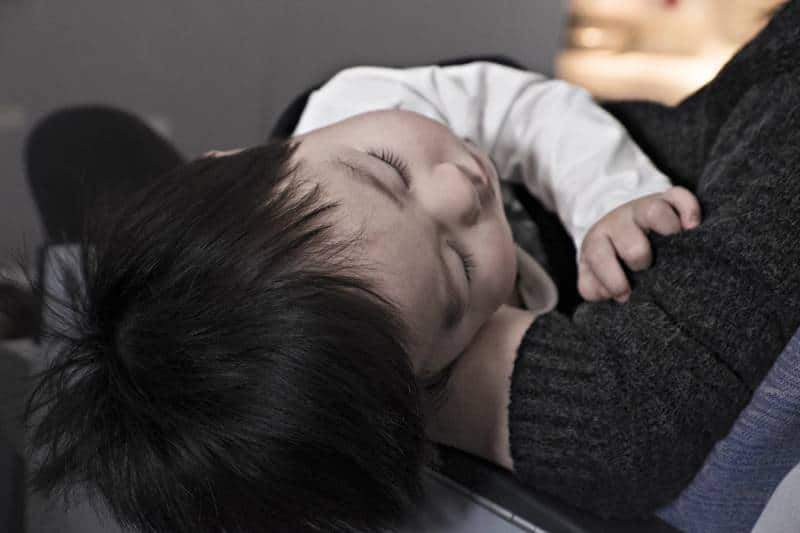
What are the most popular sleep training techniques?
Create a healthy bedtime routine and look for their cues that their tired. For young children, an excellent time for bed is between 7pm and 8pm.
If your chosen method still doesn’t work after a couple of weeks, you might want to wait a couple of weeks and try it again. If it still doesn’t work, seek professional advice. No one enjoys sleep deprivation. It’s not healthy for you or your child.
Controlled comforting or controlled crying method
The goal of the controlled comforting method is to wait for a small period before going in to check on your child. When you visit your child to comfort them, try not to interact too much. You don’t want your child to become reliant on you again.
- Wait a couple of minutes after you hear them cry before going into the room
- Reassure them that you love them but that it’s time to go to sleep
- Leave the room
- Wait a little bit longer before repeating the routine
Each time they cry, wait a little longer. But don’t wait more than 15 minutes before you check on them again. This method doesn’t involve leaving your child to cry it out. As the nights pass your child should cry less as they learn to comfort themselves.

No tears method or no cry sleep solution
The no cry sleep solution doesn’t wait for the child to start crying. Instead, you can pop into their room at any time to let them know you’re nearby. You can visit as often as you choose.
Like the controlled crying method limit interaction with your child. You can pat them, tuck them in, give them a kiss and let them know you’re there but try not to fuss too much. You don’t want to be the reason they can’t get to sleep.
The chair method
The chair method allows you to sit in the room with your child while they go to sleep. You can choose to read a book, craft, or close your eyes and nap. When your child falls asleep, get up quietly and leave the room. If they wake up, come back and sit down in the chair.
Different versions of the chair method and no cry sleep solution also recommend more interaction with your child. So you can give your child the reassurance they need at the beginning of the sleep training. But over the next week or two, reduce your interaction.
Alternatively, some parents combine all three of the above methods over an extended period. They start with the chair, progress to the no cry sleep solution and end with the controlled method.Combining the methods promotes a gradual removal and learning process.
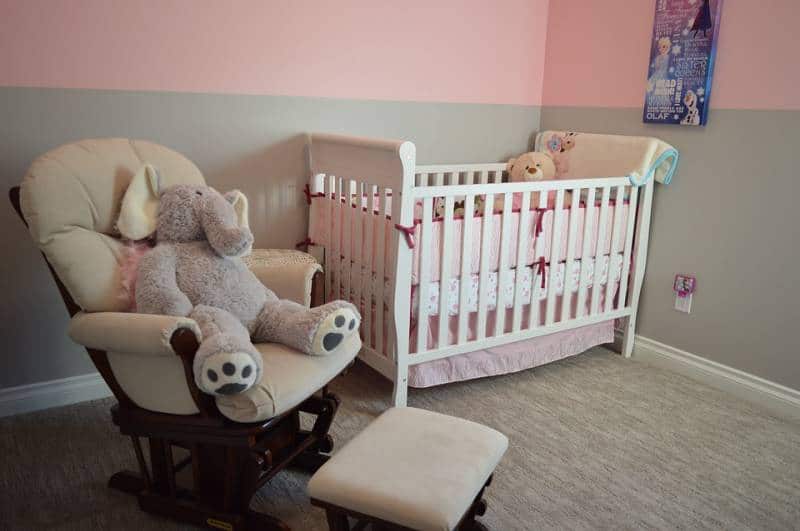
What do you do if sleep training doesn’t work?
If you’ve tried sleep training at home and it’s not working, seek the advice of a professional sleep expert. You should talk to your doctor who may recommend you to a local sleep centre or a pediatric specialist.
Some specialist pediatric centres have overnight facilities for both mum and bub. They conduct sleep studies and provide specialist training for parents, babies and toddlers.
Sleep training teaches your child to soothe themselves and fall asleep on their own. Being a parent is hard work. Sleepless nights may appear to be part of the package. But creating a healthy sleep routine and teaching them to stay asleep without you has its rewards.
You will both get more sleep and be healthier and happier for it.

Comfortable and safe sleep routines
Our studios are designed with your child in mind. We’ll discuss your child’s sleeping routine and habits with you and work together towards providing you and your child with sleep filled nights.
While babies need the most sleep, we recognise that all children have individual sleep requirements. We’ll learn their cues and respond to their needs. Come see our studios for yourself: Book A Tour
